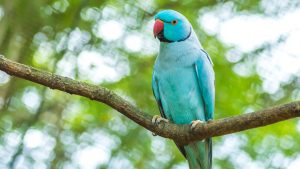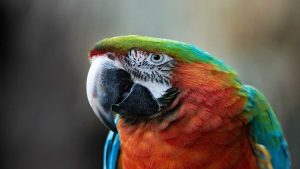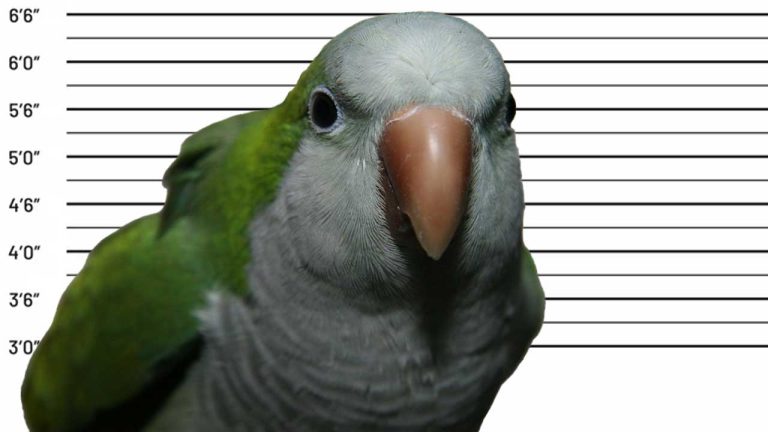How Often Do Parrots Lay Eggs? A Quick Guide to Parrot Egg-Laying Habits
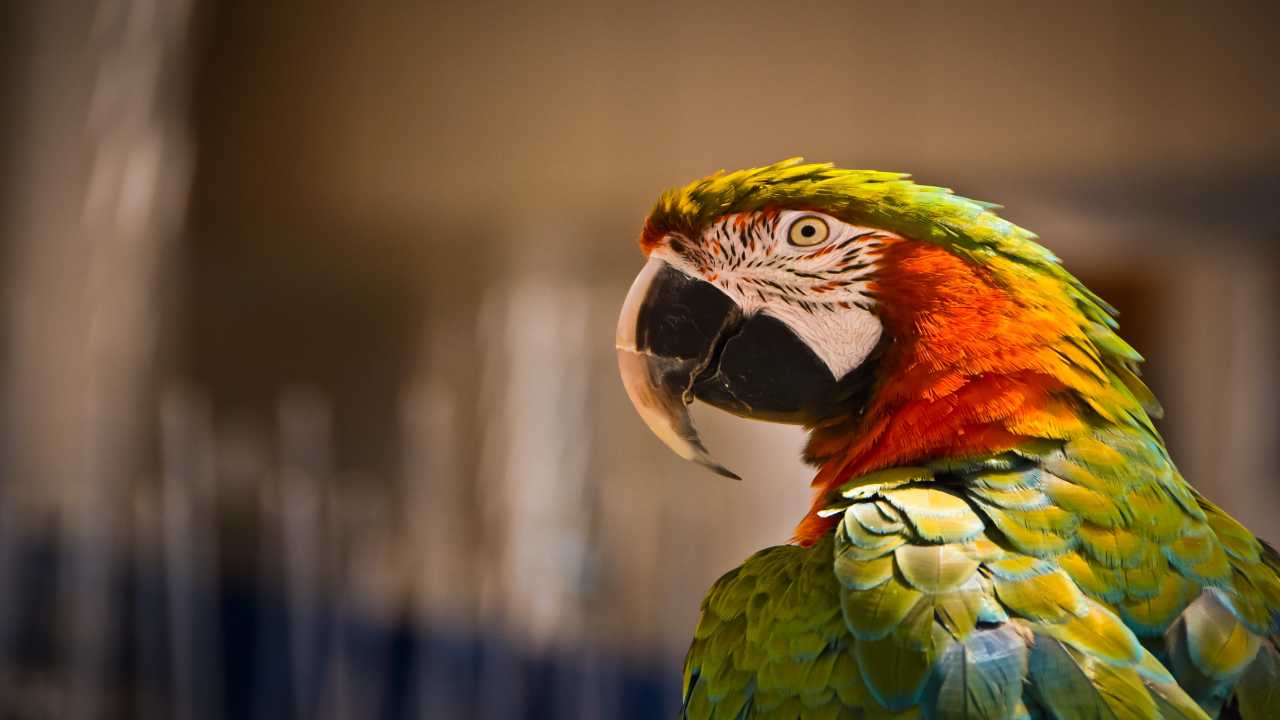
Parrots are fascinating creatures known for their vibrant colours and ability to mimic human speech. However, many people are unaware of the reproductive habits of these birds.
One common question that arises is how often parrots lay eggs.
The answer to this question varies depending on the species of parrot. Some parrots can begin laying eggs as early as 1 year old, while others may not start until they are 10 years old.
In this article, we will explore the frequency of parrot egg-laying, the nesting process, and other related topics to help you better understand the reproductive habits of these beautiful birds.
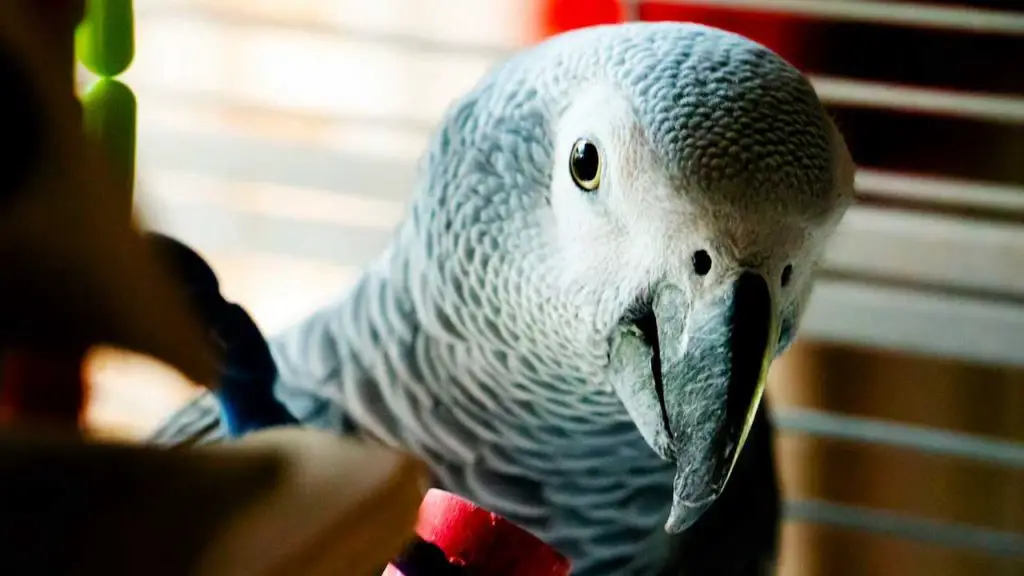
Key Takeaways
- Parrots can start laying eggs as early as 1 year old, but the age of sexual maturity varies by species.
- The frequency of parrot egg-laying can vary from multiple times per year to once every few years.
- Proper care and attention must be given to egg-laying parrots to ensure their health and well-being.
Table of Contents
Understanding Parrot Reproduction
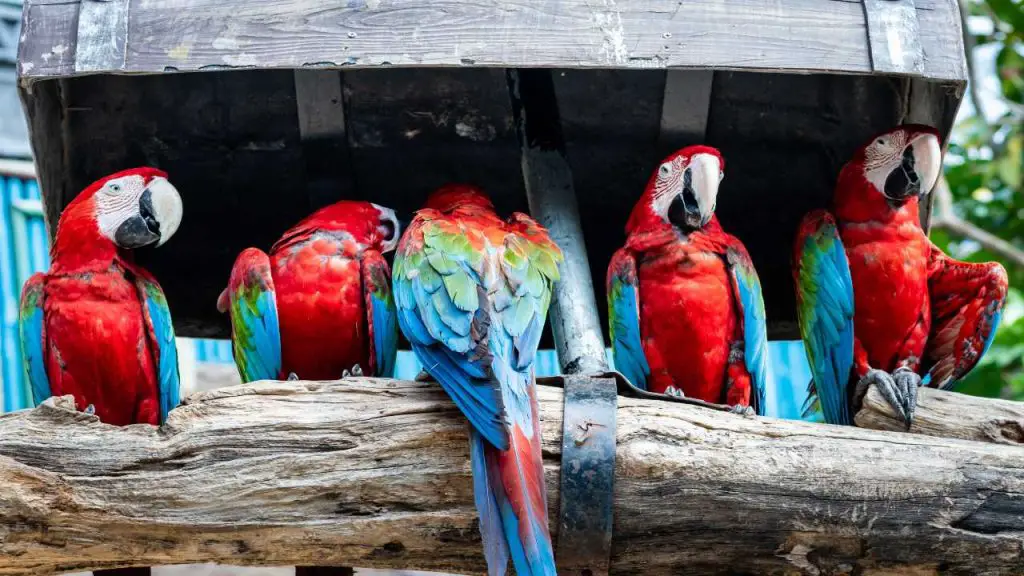
If you are a parrot owner, you might be curious about how often your feathered friend lays eggs. Parrots are fascinating creatures, and their reproduction is no exception. In this section, we will explore the basics of parrot reproduction, including mating, nesting, and egg-laying.
Parrots are sexually dimorphic, which means that males and females have different physical characteristics. In most species, males have brighter colours and larger beaks than females. Mating usually occurs during the breeding season, which varies depending on the species and the location.
After mating, the female parrot will lay eggs in a nest. The number of eggs depends on the species, but most parrots lay between 2-8 eggs per clutch. The eggs are incubated for several weeks until they hatch. During this time, the female will sit on the eggs to keep them warm and protect them from predators.
It’s important to note that not all parrots lay eggs. Some species, like the Kakapo, are flightless and have lost the ability to fly, which also means they have lost the ability to lay eggs. Additionally, some female parrots may never lay eggs, while others may lay eggs without mating.
In conclusion, parrot reproduction is a fascinating topic that varies depending on the species and location. If you are a parrot owner, it’s important to understand the basics of parrot reproduction to ensure the health and well-being of your feathered friend.
Parrot Egg-Laying Frequency
Parrots are known to lay eggs throughout the year, but their egg-laying frequency varies depending on several factors. In general, parrots tend to lay fewer eggs as they get older and may also lay less prolifically if they are kept in a smaller cage or confined environment.
Parrots commonly begin laying between two to four years of age, and some larger parrots may start even later. The exact time of year for parrots to lay eggs will vary depending on the species and the climate of the region. Typically, parrots lay eggs during the spring and summer months, usually over a four to six-month period, depending on the species.
The number of eggs in a clutch also varies by species, with some parrots laying only one or two eggs per clutch, while others may lay up to eight or more. Some species may lay multiple clutches per breeding season, while others will only lay one.
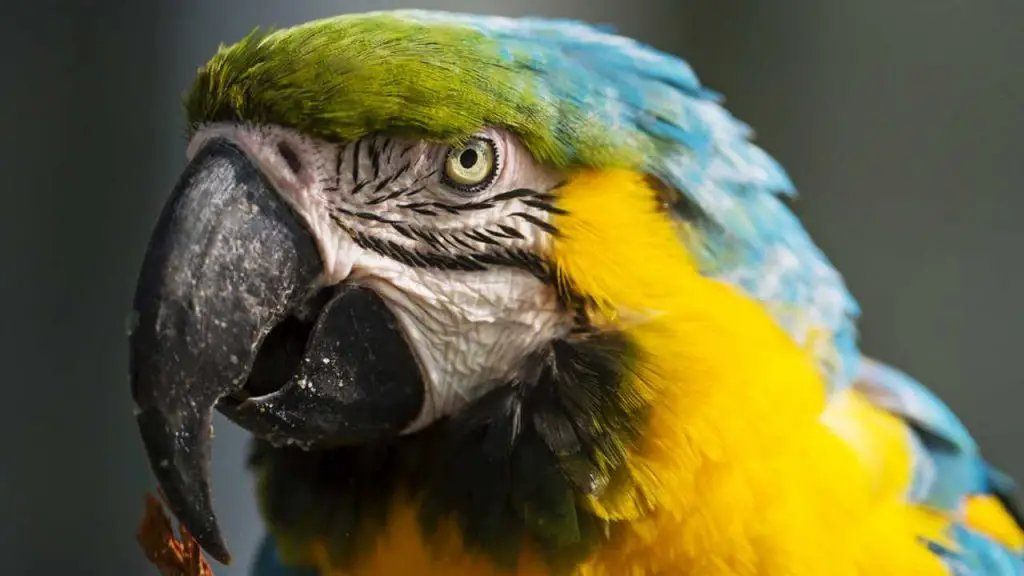
It is important to note that female parrots can lay eggs with or without a male, and if breeding hasn’t occurred, a parrot will lay unfertilized eggs. Regularly becoming gravid and laying clutches of eggs is called chronic egg laying, and it can be harmful to the parrot’s health.
To prevent chronic egg-laying, it is essential to provide your parrot with a healthy and varied diet, plenty of exercise, and a comfortable living environment. If you notice your parrot laying eggs frequently, it is best to consult with a veterinarian to ensure that your bird is healthy and receiving proper care.
In summary, parrot egg-laying frequency varies depending on several factors, including age, species, and breeding season. While parrots can lay eggs throughout the year, they are more likely to lay eggs during the spring and summer months. It is crucial to provide your parrot with proper care to prevent chronic egg-laying and maintain their overall health and well-being.
The Nesting Process
When it comes to parrots, the nesting process is crucial for them to lay eggs. In the wild, parrots will typically nest in tree hollows or crevices, while in captivity, they may use a nest box provided by their owner.
To encourage nesting behavior, it’s important to provide parrots with the right materials. This can include shredded paper, coconut fiber, and soft wood chips. Having a variety of materials available allows them to choose what they prefer for building their nest.
Once a parrot has chosen a suitable spot for their nest, they will begin to gather materials and construct their nest. This behavior can be seen as shredding paper and carrying it to the chosen spot.
When the nest is ready, the female parrot will lay her eggs. Typically, parrots will lay one egg every other day until their clutch is complete. The number of eggs in a clutch can vary depending on the species of parrot, but it’s usually between 2-8 eggs.
During the egg-laying process, the female parrot may become more vocal and restless. It’s important to provide her with a quiet and calm environment to minimize stress. Once all the eggs have been laid, the female parrot will begin to incubate them, which takes around 20-30 days.
In conclusion, the nesting process is essential for parrots to lay eggs. By providing them with the right materials and a suitable nesting spot, you can encourage this behavior. Remember to give them a calm and quiet environment during the egg-laying and incubation process to ensure the best possible outcome.
Parrot Egg Incubation and Hatching
Parrot eggs take between 2.5 and 4 weeks to hatch, depending on the species. The larger the bird, the longer the incubation period. Egg clutches vary from two to six, and the hen bird lays one egg a day.
Incubators for egg-hatching are not essential kit for a breeder, but many still use them. An incubator can help regulate the temperature and humidity of the eggs, which can increase the chances of successful hatching. It is important to ensure that the incubator is set up correctly and maintained properly to avoid any issues during incubation.
Once the eggs are laid, the parrot will start incubating them once she has laid at least two. It will take 30 days for the eggs to hatch. Of course, the eggs would have had to be fertilized by a male for them to hatch. Female parrots can lay eggs without going through sexual intercourse, but these eggs will be unfertilized and will not hatch.
During the incubation period, it is important to monitor the eggs regularly to ensure they are developing properly. Infertile or infertile eggs may need to be removed to prevent contamination or disease.
After the incubation period, the hatchlings will begin to emerge from their shells. It is important to give them time to dry off and adjust to their new environment before handling them. The hatchlings will require special care and attention, including a specific diet and temperature requirements, to ensure their health and survival.
In summary, parrot egg incubation and hatching can be a rewarding experience for breeders. By providing the right conditions and care, successful hatching can be achieved, leading to the emergence of healthy and adorable hatchlings.
Health Concerns with Egg Laying
While egg-laying is a natural process for female parrots, it can also come with some health concerns. Here are some of the most common health issues related to egg-laying in parrots:
Egg Binding
Egg binding is a condition where the egg gets stuck in the oviduct, making it difficult or impossible for the bird to lay the egg. This can cause serious health problems, such as infections and even death. It is essential to seek immediate veterinary care if you suspect your parrot is egg-bound.
Calcium Deficiency
Calcium is a crucial nutrient for egg production, and female parrots need a lot of it to produce healthy eggs. Chronic egg-laying can cause a depletion of calcium from the body, leading to calcium deficiency and osteoporosis. This can cause bone fractures, difficulty breathing, and lethargy.
Egg Yolk Peritonitis
Egg yolk peritonitis (EYP) is a severe condition where the yolk from an egg is released into the abdominal cavity instead of the oviduct. This can cause inflammation, infection, and even organ damage. EYP is often a complication of chronic egg-laying and requires immediate veterinary attention.
Dystocia
Dystocia is a condition where the parrot has difficulty laying an egg. This can be caused by a variety of factors, including egg size, nutritional deficiencies, and hormonal imbalances. Dystocia can cause excessive straining and lethargy and can lead to serious health complications if left untreated.
Other Complications
Chronic egg-laying can also cause other health complications, such as stroke, hyperlipidemia, and malnutrition. It is essential to monitor your parrot’s egg-laying behavior and seek veterinary care if you notice any signs of health problems.
Environmental Influences on Egg Laying
Parrots are known for their ability to lay eggs throughout the year, but environmental factors can significantly impact their egg-laying patterns. In captivity, parrots’ egg-laying behavior is influenced by various factors such as cage size, sunlight exposure, and availability of abundant food.
One of the most influential factors in egg-laying patterns is the amount of sunlight exposure. Parrots require adequate sunlight exposure to regulate their reproductive hormones and maintain a healthy egg-laying cycle. If a parrot is kept in a cage that does not receive enough sunlight, it may not lay eggs regularly or may even stop laying eggs altogether.
Another critical factor that affects egg-laying patterns is the size of the cage. Parrots need enough space to move around and engage in physical activity. A cramped cage can cause stress and anxiety, which can disrupt the egg-laying cycle. A larger cage can also provide more nesting options, which can encourage egg-laying.
The availability of abundant food is also essential for parrots to lay eggs regularly. A well-balanced diet that includes fresh fruits, vegetables, and protein sources is crucial for maintaining a healthy reproductive system. Parrots that are not provided with a balanced diet may have difficulty laying eggs or may lay eggs that are not viable.
Finally, the season can also influence egg-laying patterns. In the wild, parrots typically lay eggs during the spring when there is an abundance of food and the weather is mild. In captivity, however, parrots can lay eggs throughout the year, provided that they have access to abundant food and a stable environment.
In summary, environmental factors such as cage size, sunlight exposure, and abundant food can significantly impact parrots’ egg-laying patterns. Parrot owners should provide their pets with a spacious cage, adequate sunlight exposure, and a well-balanced diet to ensure a healthy reproductive cycle.
Parrot Egg-Laying Behavior
Parrots are fascinating creatures that are known for their colorful feathers, intelligent behavior, and vocal abilities. One of the most interesting aspects of parrot behavior is their egg-laying behavior. In this section, we will explore the various aspects of parrot egg-laying behavior.
Reproductive System
Parrots have a unique reproductive system that allows them to lay eggs without mating with a male. Female parrots have a pair of ovaries and oviducts, which are responsible for producing and laying eggs. The eggs are fertilized internally by the male’s sperm, and the female then lays the fertilized eggs.
Clutch Size
The clutch size of parrots varies depending on the species. Smaller parrots generally lay fewer eggs, while larger parrots can lay up to six or seven eggs in a clutch. The incubation period for parrot eggs is usually around 21-30 days, depending on the species.
Protective Behavior
Parrots are protective of their eggs and will defend them against potential threats. They may become more vocal and active during this time, and may even become aggressive towards other birds or humans who come too close to their nesting area.
Chronic Egg-Laying
Chronic egg-laying is a condition that affects female parrots who lay eggs frequently without mating with a male. This can lead to health problems such as calcium deficiency, egg binding, and hyperlipidemia. Owners can help prevent chronic egg-laying by removing nesting areas and providing a balanced diet.
Parrot Breeding
Breeding parrots requires careful consideration and preparation. Owners should ensure that both the male and female parrot are healthy and of breeding age. They should also provide a suitable nesting area and monitor the breeding process closely to ensure the health and safety of the birds.
In conclusion, parrot egg-laying behavior is a fascinating aspect of these intelligent and beautiful birds. Owners should be aware of the potential health risks associated with chronic egg-laying and take steps to prevent it. By providing a suitable environment and monitoring their birds’ behavior, owners can help ensure the health and well-being of their beloved pets.
Species-Specific Egg Laying Patterns
Parrots are known for their unique and fascinating behaviors, including their egg-laying patterns. The frequency of egg-laying can vary greatly depending on the species of parrot. In this section, we will explore the egg-laying patterns of some of the most popular pet parrot species.
Budgies
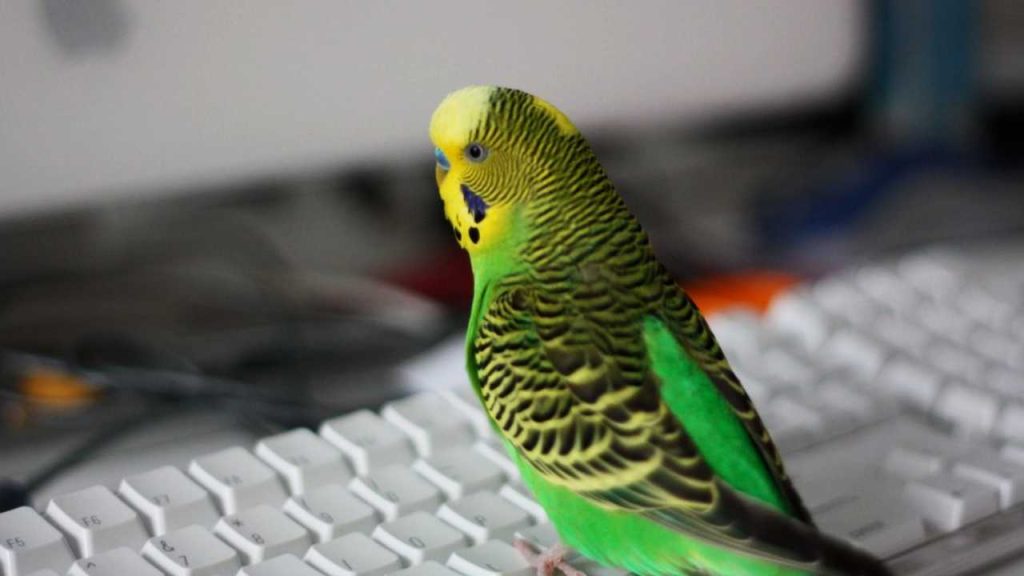
Budgies, also known as parakeets, are small parrots that are popular pets worldwide. These birds are prolific egg-layers and can lay eggs every other day during the breeding season. A typical clutch size for budgies is 4-8 eggs.
Cockatiels
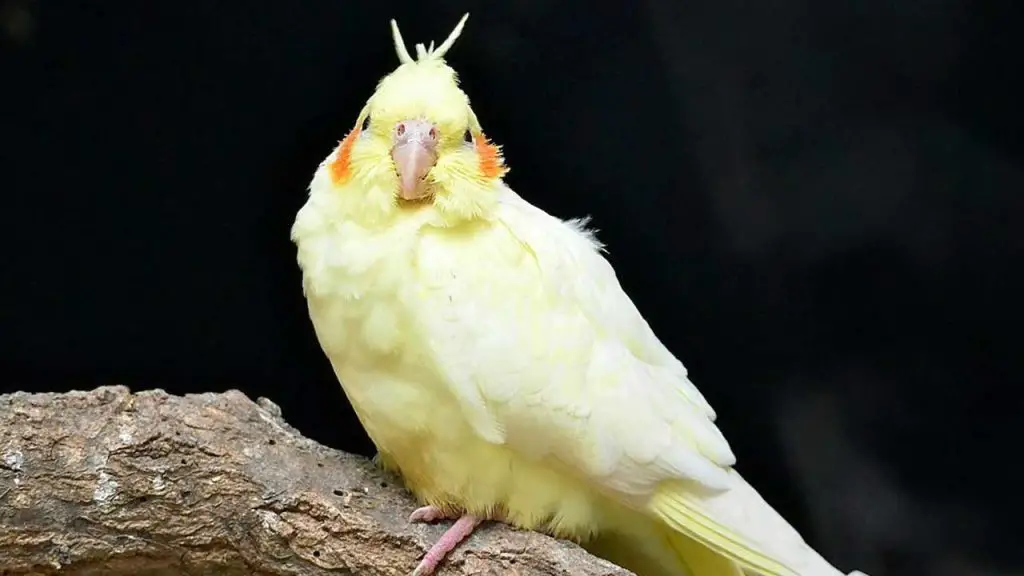
Cockatiels are another popular pet parrot species. They are known for their distinctive crest of feathers on their head. Cockatiels can lay eggs every other day during the breeding season and typically lay 4-6 eggs per clutch.
African Greys

African Greys are highly intelligent parrots that are known for their exceptional talking ability. These birds are not as prolific egg-layers as budgies or cockatiels and typically lay 2-4 eggs per clutch. African Greys usually lay eggs once or twice a year.
Cockatoo
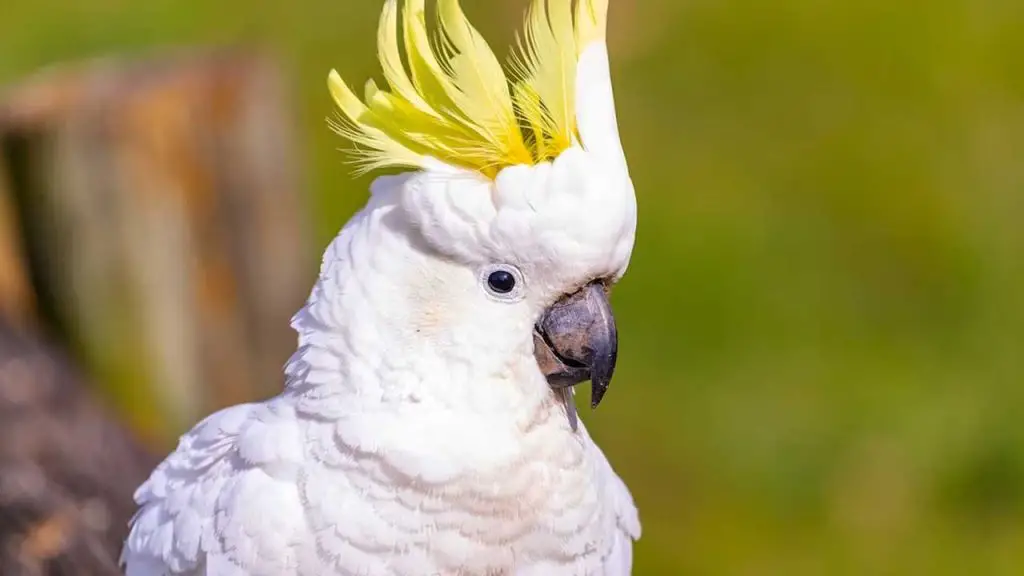
Cockatoos are large, charismatic parrots that are known for their crest of feathers on their head. These birds are not as frequent egg-layers as other parrot species, and they typically lay 2-3 eggs per clutch. Cockatoos usually lay eggs once or twice a year.
Macaws
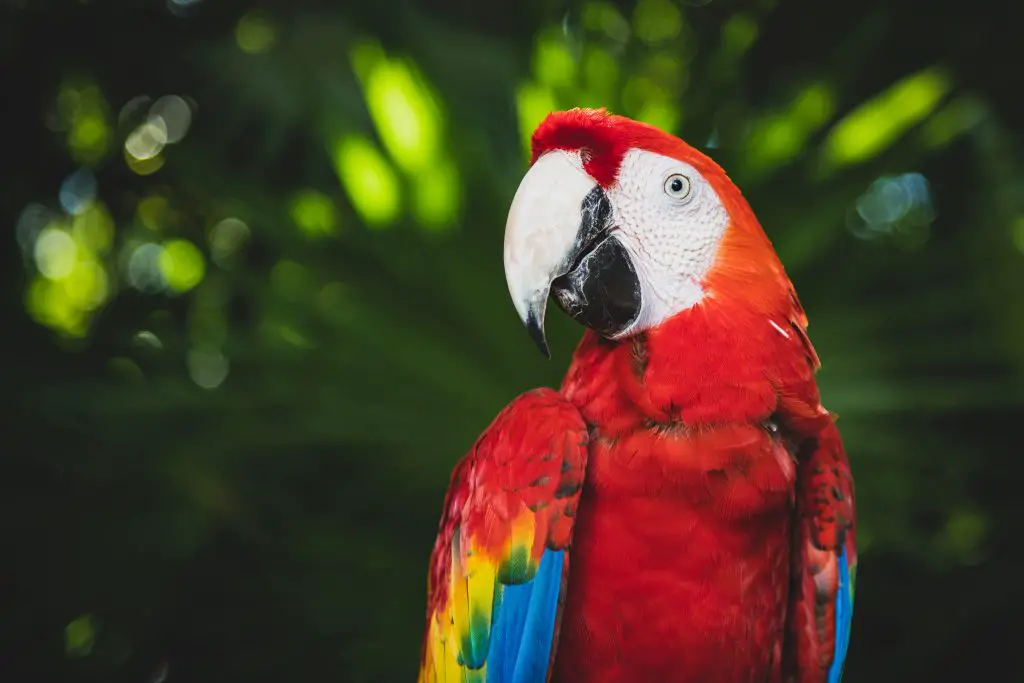
Macaws are one of the largest parrot species and are known for their vibrant plumage. These birds are not as frequent egg-layers as other parrot species, and they typically lay 2-3 eggs per clutch. Macaws usually lay eggs once or twice a year.
Amazons
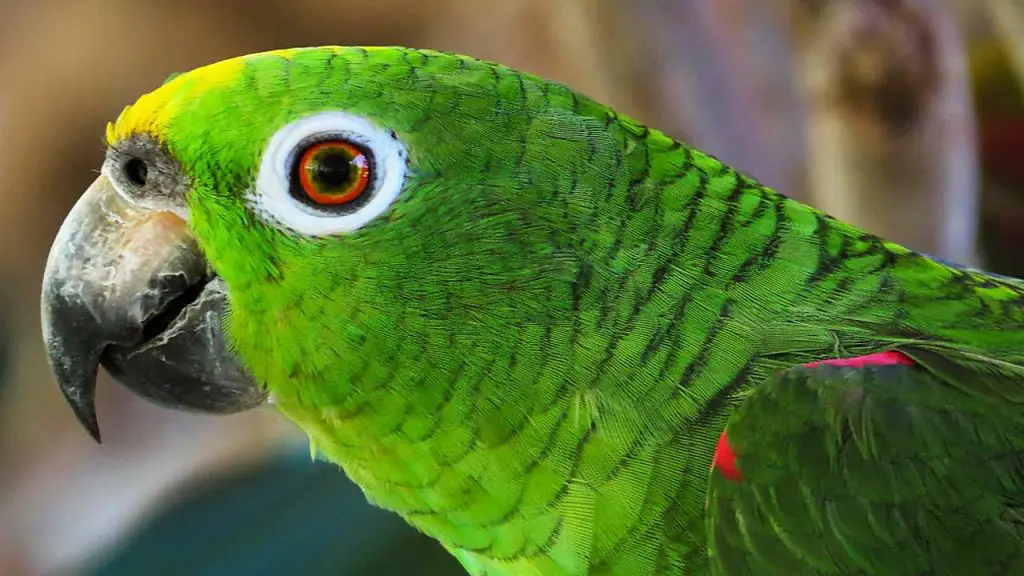
Amazons are medium-sized parrots that are known for their colorful plumage and outgoing personalities. These birds are not as frequent egg-layers as budgies or cockatiels and typically lay 2-4 eggs per clutch. Amazons usually lay eggs once or twice a year.
Lovebirds
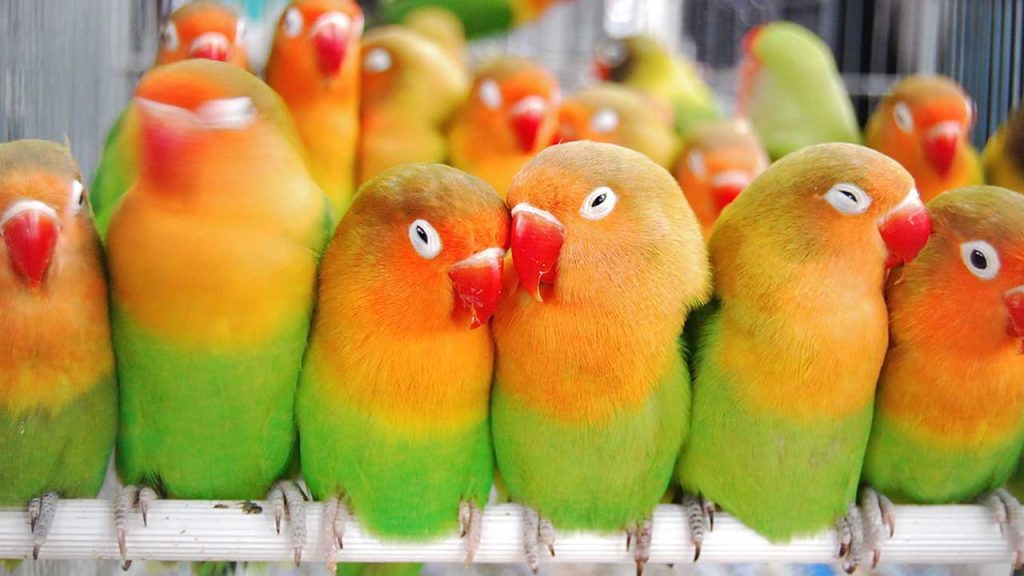
Lovebirds are small, colorful parrots that are known for their affectionate behavior towards their mates. These birds are prolific egg-layers and can lay eggs every other day during the breeding season. A typical clutch size for lovebirds is 4-6 eggs.
In conclusion, the frequency of egg-laying can vary greatly depending on the species of parrot. It is important to understand the egg-laying patterns of your pet parrot to ensure their health and well-being.
Caring for Your Egg-Laying Parrot
If you have a pet parrot that is laying eggs, it is important to take extra care of her to ensure she stays healthy. Here are some tips to help you care for your egg-laying parrot:
Provide a Nutritious Diet
It is important to provide your parrot with a nutritious diet that is high in protein. This will help to ensure that she has the energy she needs to lay eggs and care for her chicks. You can feed your parrot a variety of foods, including:
- Fresh fruits and vegetables
- Pelleted bird food
- Cooked grains and legumes
- Hard-boiled eggs
Make sure that your parrot always has access to clean, fresh water.
Provide a Safe and Comfortable Environment
Your parrot’s cage should be large enough for her to move around comfortably. It should also be equipped with perches, toys, and other accessories to keep her entertained. Make sure that the cage is cleaned regularly to prevent the buildup of bacteria and other harmful substances.
Watch for Health Complications
Egg-laying can sometimes lead to health complications, such as hyperlipidemia. Watch for signs of illness, such as lethargy, loss of appetite, or difficulty breathing. If you notice any of these symptoms, take your parrot to the vet as soon as possible.
Avoid Over-Petting
While it is important to provide your parrot with love and attention, it is also important to avoid over-petting. Too much petting can stimulate your parrot to lay more eggs, which can lead to health complications.
Consider a Companion
Parrots are social animals and may become stressed or lonely if they are left alone for long periods of time. Consider getting a companion for your parrot to keep her company.
By following these tips, you can help to ensure that your egg-laying parrot stays healthy and happy.
Frequently Asked Questions
How many times a year do parrots typically lay eggs?
The frequency of egg-laying in parrots varies depending on the species, age, and health of the bird. Some parrots can lay eggs multiple times a year, while others may only lay once a year.
In general, parrots tend to lay eggs during the breeding season, which can vary based on the bird’s natural habitat and environmental factors.
What is the average number of eggs laid by a parrot at one time?
The number of eggs laid by a parrot at one time also varies depending on the species. Some parrots lay only one or two eggs, while others can lay up to eight or more. The size of the eggs also varies depending on the species.
At what age do macaws typically begin laying eggs?
Macaws typically reach sexual maturity between the ages of three and six years old, depending on the species. Once they reach sexual maturity, they may begin laying eggs.
Do parrots need a male to lay eggs?
No, parrots do not need a male to lay eggs. However, if a female parrot does not have a mate, the eggs will be infertile and will not hatch.
What are the symptoms of a parrot preparing to lay eggs?
Some common symptoms of a parrot preparing to lay eggs include increased vocalization, restlessness, and nesting behaviour such as shredding paper or other materials. Some parrots may also become more protective of their cage or nesting area.
Can parrots lay eggs while in a cage?
Yes, parrots can lay eggs while in a cage. However, it is important to ensure that the cage is large enough for the bird to move around and get exercise, as well as provide a healthy diet and proper environmental enrichment to prevent stress and other health issues.


